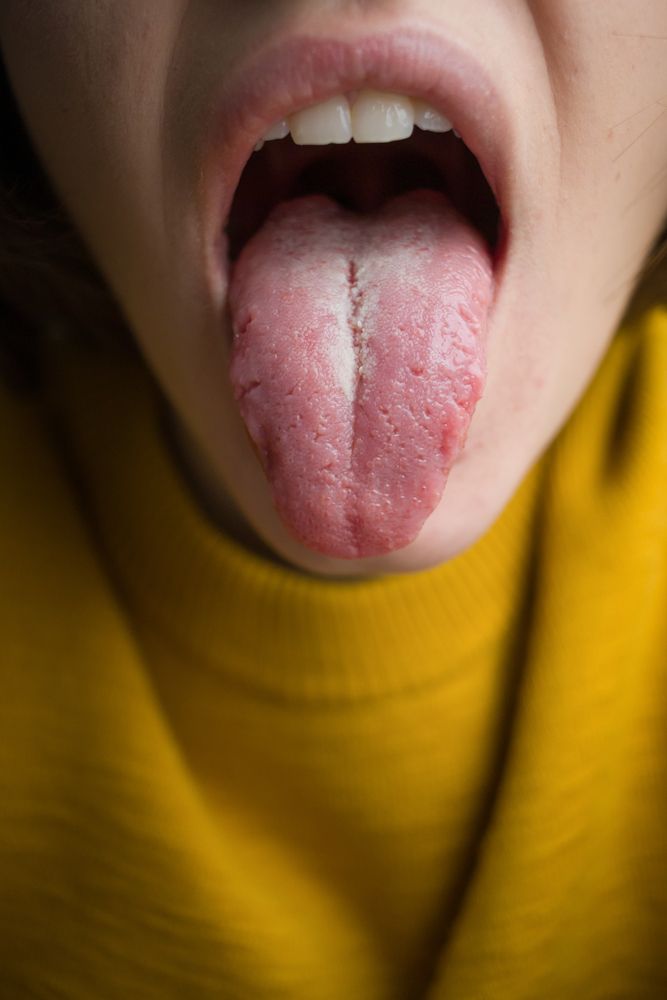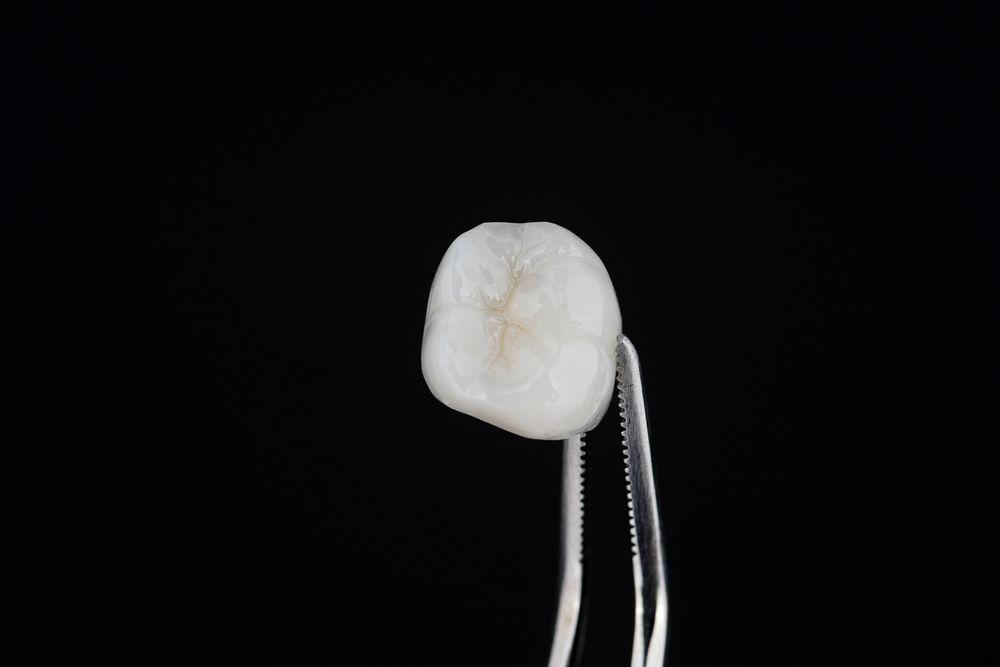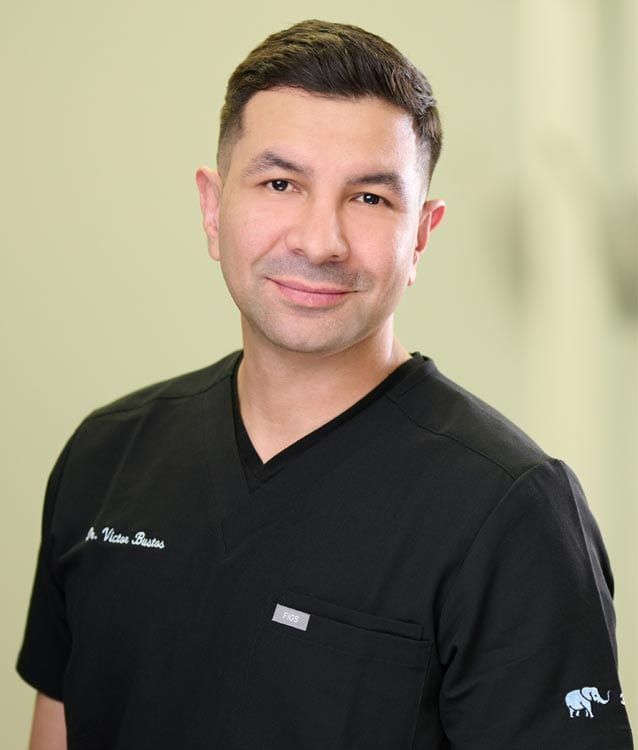Good dental hygiene is essential to maintain healthy teeth and gums. Brushing and flossing are two of the most important steps to take in order to keep your teeth and gums healthy. Proper brushing removes food particles and plaque from the surfaces of your teeth, while flossing removes them from between your teeth and under your gum line. Neglecting these habits can lead to dental problems such as cavities, gum disease, and bad breath. By taking care of your teeth and gums through proper brushing and flossing, you can prevent these problems and maintain a healthy smile. In this blog, we will review the proper brushing and flossing techniques to help you maintain your oral health.
Brushing Techniques
Proper tooth brushing technique is essential for maintaining healthy teeth and gums. Brushing your teeth removes food particles, plaque, and bacteria that can cause dental problems such as cavities and gum disease. Here are some tips for proper tooth brushing technique:
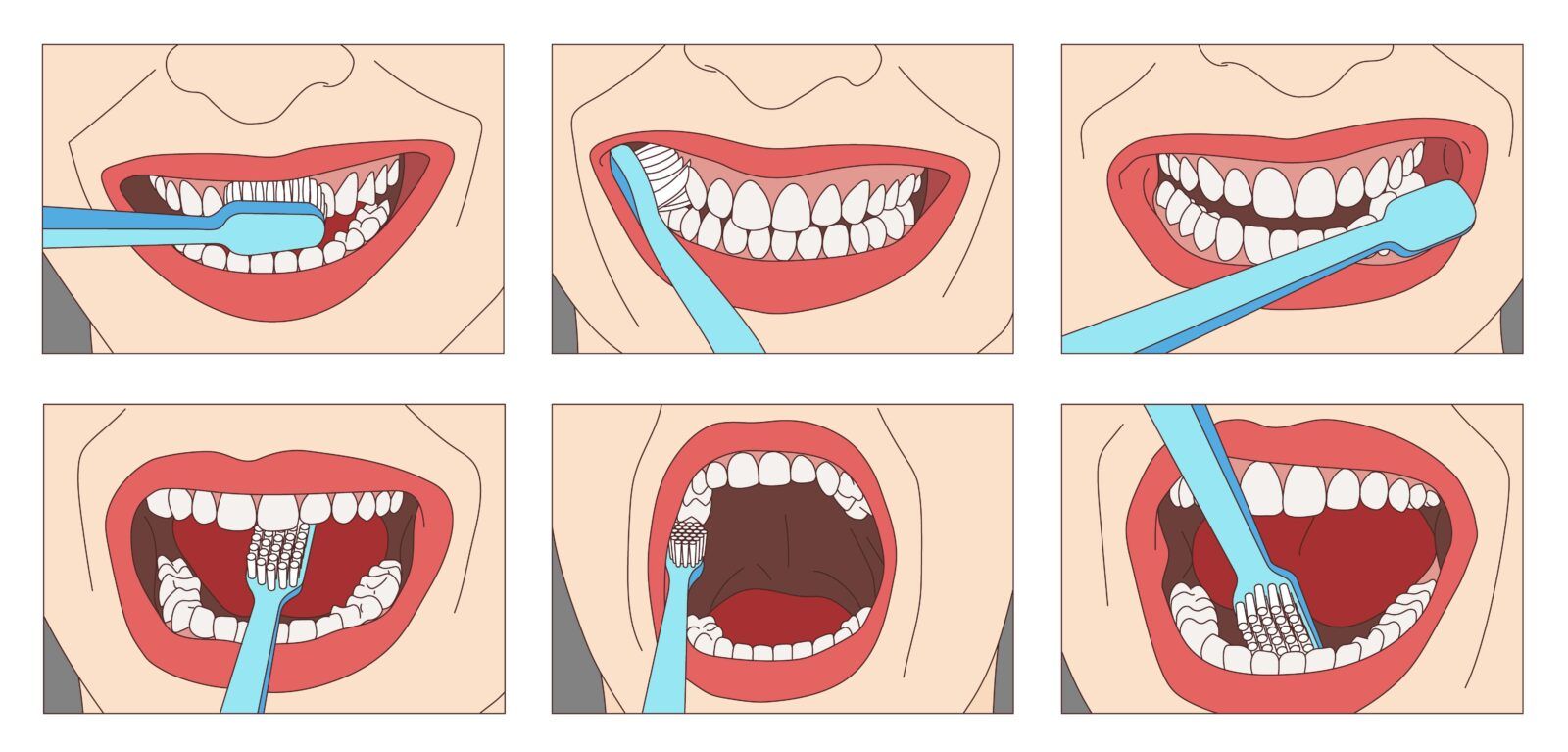
- Choose the right toothbrush: Select a toothbrush with soft bristles, as hard bristles can damage your teeth and gums. An electric toothbrush can also be effective, as it can provide a more thorough cleaning.
- Use the right toothpaste: Toothpaste that contains fluoride can help protect your teeth from decay.
- Position your toothbrush: Hold your toothbrush at a 45-degree angle to your gums.
- Brush in circular motions: Use gentle circular motions to brush the front, back, and top surfaces of your teeth. Make sure to brush all of your teeth, including the molars in the back of your mouth.
- Brush your tongue: Bacteria can also accumulate on your tongue, so it’s important to brush it gently as well.
- Brush for two minutes: Brush your teeth for at least two minutes, twice a day. You can use a timer or an app to help you keep track of time.
- Rinse your mouth: After brushing, rinse your mouth with water or mouthwash to remove any remaining debris.
- Replace your toothbrush regularly: Replace your toothbrush every three to four months, or sooner if the bristles become frayed.
By following these tips for proper tooth brushing technique, you can help maintain good oral hygiene and prevent dental problems. Don’t forget to visit your dentist regularly for checkups and cleanings as well!
Flossing Techniques
Proper flossing technique is crucial to maintaining good oral health. Flossing removes food particles and plaque from between your teeth and under your gum line, areas that your toothbrush may not be able to reach. Here are some tips on proper flossing technique:
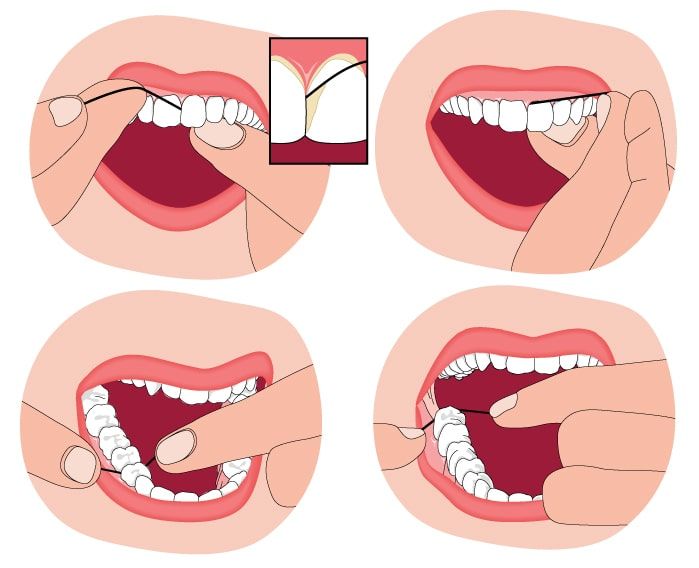
- Choose the right floss: There are different types of floss available, including waxed, unwaxed, and flavored. Choose the type that you find most comfortable and effective.
- Use enough floss: Use about 18 inches of floss and wrap it around your middle fingers, leaving about 1-2 inches of floss in between.
- Hold the floss correctly: Hold the floss tightly between your thumbs and index fingers, with about an inch of floss between them.
- Glide the floss: Gently glide the floss back and forth between your teeth, using a sawing motion. Be sure to curve the floss around the base of each tooth, including the gum line.
- Use a fresh section of floss: After flossing each tooth, use a fresh section of floss. This will help prevent the spread of bacteria.
- Don’t force the floss: If you encounter resistance or discomfort, don’t force the floss. Instead, gently glide the floss back and forth until it passes through.
- Rinse your mouth: After flossing, rinse your mouth with water or mouthwash to remove any remaining debris.
- Be consistent: Floss at least once a day, preferably before bedtime. This will help remove any food particles and plaque that have accumulated throughout the day.
Proper flossing technique is essential to maintaining good oral health. By using the right floss, holding it correctly, gliding it gently between your teeth, using a fresh section of floss, and being consistent with your flossing routine, you can ensure that you are cleaning all areas of your mouth thoroughly. Don’t forget to visit your dentist regularly for checkups and cleanings as well!
In Conclusion
In conclusion, proper brushing and flossing are crucial to maintaining good oral health. Regular brushing and flossing can help prevent tooth decay, gum disease, and other oral health problems. By using the right techniques and being consistent with your routine, you can ensure that you are cleaning all areas of your mouth thoroughly. Don’t forget to visit your dentist regularly for checkups and cleanings as well, as they can help identify any potential issues and provide you with personalized recommendations for your oral health.

